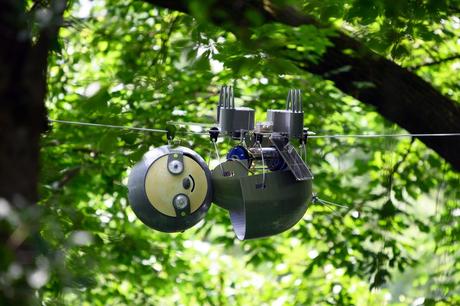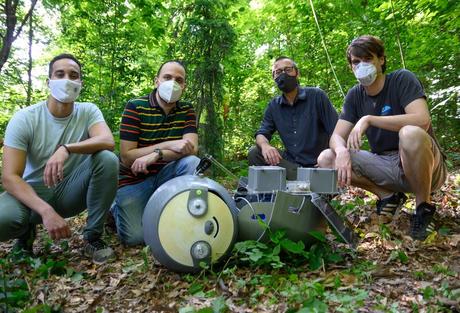
Sorry, your browser does not support videos
Lazy people are slow, but don't spend a lot of energy. Atlanta engineers used these features to design a wildlife observation and climate measurement robot.
Published on 24 June 2020 at 12 h 32

La Presse
“SlothBot is based on the principle of slowness,” said Magnus Egerstedt of Georgia Tech University, who is testing his robot, by press release lazy this summer at the State Capital Botanical Garden. “This is not how most robots are designed these days. But the slowness and hyper-energy efficiency will allow SlothBot to observe phenomena for months, even years. “

PHOTO PROVIDED BY ROB FELT, GEORGIA TECH
SlothBot with the Georgia Tech team that designed it, at the Atlanta Botanical Garden.
These phenomena range from the activity of pollinators to interactions between flora and fauna. A SlothBot could detect the first signs of a new botanical disease or an insect infestation. The first field test will be in South America to observe the pollination of orchids and endangered frog species.
SlothBot moves on a cable from 30 meters stretched between two trees and transmits temperature data, among other meteorological variables, as well as climatic data such as CO levels 2. The robot measures one meter and is programmed to search for sunlight when its batteries need to be recharged. In the wild, it can pass from one cable to another thanks to its legs.
M. Egerstedt came up with the idea for such a robot while observing sloths in a Costa Rican vineyard while on vacation. Their slowness made him think of the rovers of Martian exploration who remained active for more than ten years thanks to the parsimony of their movements.

